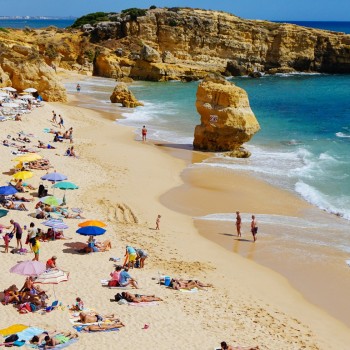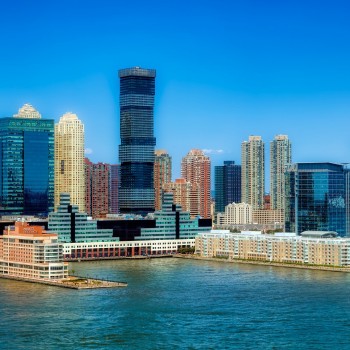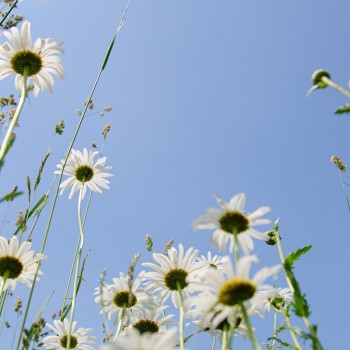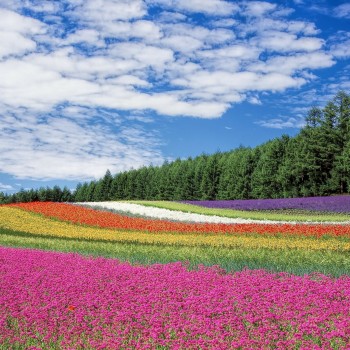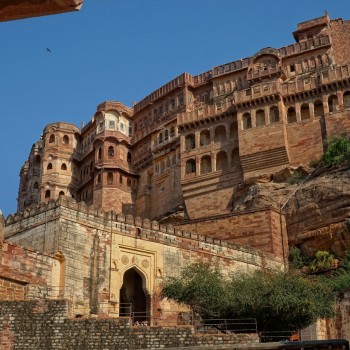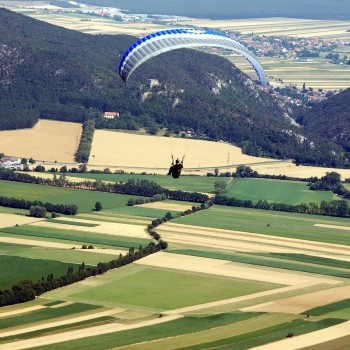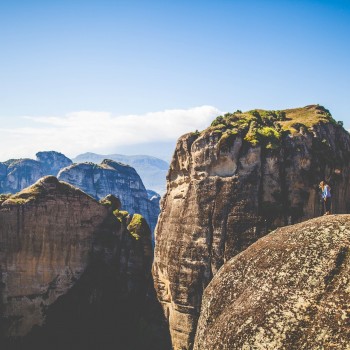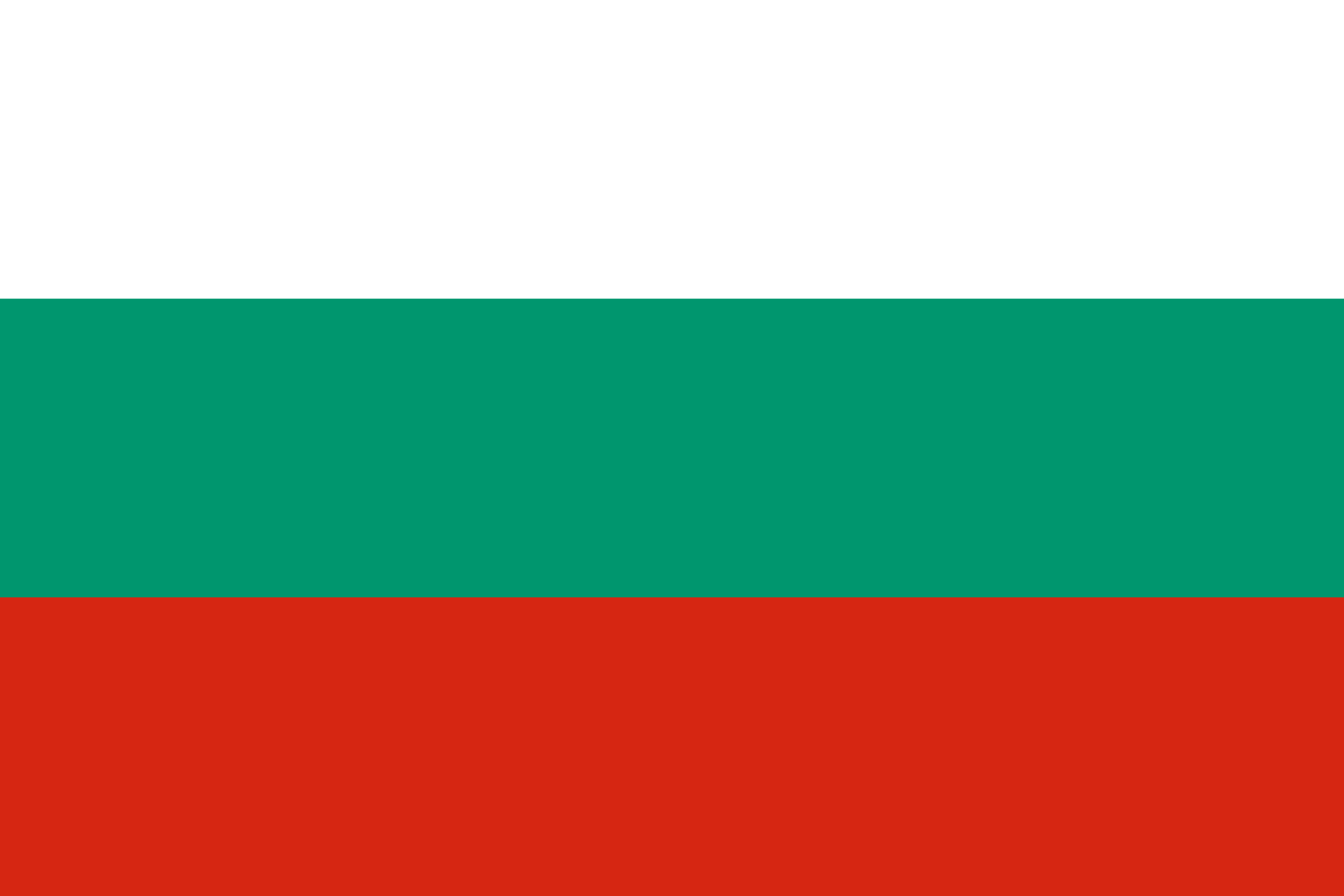Bulgaria
Bulgaria
Capital city description
Sofia is Bulgaria’s capital and largest city, located in the center of the Balkan Peninsula, in the western part of Bulgaria. The city is home to many major universities in the country, and it is also the center of commercial activities and cultural institutions of the country. It has a very strategic position as a city in the middle when we consider the Balkan lands as a country. The city is the heart of the Bulgarian economy. 76% of the Bulgarian economy is supplied from Sofia.
Climate
Bulgaria’s climate is generally continental, with cold winters and warm summers; it is milder along the Black Sea coast and freezing in the mountains and hills. The lowlands do not have a lot of precipitation in winter, but it is pretty frequent and often occurs as snow. Abundant snowfalls may occur throughout the country from December to mid-March.
- Spring: March to May
- Summer: June to August
- Autumn: September to November
- Winter: December to February
Languages spoken
Bulgarian is the official and widely spoken language in Bulgary, while Turkish and Romani are also the two primary languages in the country. Furthermore, English and Russian are the most common language in terms of foreign languages.
Fun/Fascinating Facts
- Bulgaria is the world's second-biggest exporter of rose oil, an ingredient in most perfumes.
- Bulgarians shake their head when they mean to say "yes" and nod when they want to say "no."
- Bulgaria is one of the most aged countries in Europe. It is also the only one, which never altered its name since its establishment in 681.
- Bulgaria is the homeland of yogurt; they love yogurt.
- The well-known Facebook creator Mark Zuckerberg has a Bulgarian root.
Unique Customs/Traditions
- Bulgarian have unique engagement and wedding traditions. The small and big arrangements exist almost everywhere. All engagements are public, with music, feasts, relatives, and friends present. Moreover, the wedding starts long before the fiancée is taken to their wife. The weddings are opened by inviting the guests with a baklitsa (wooden wine vessel). The dressing up and veiling of the bride are the last things to be done before she leaves her father's house. The newest clothes and finery are obligatory. Multiple rituals are related to the bride's welcoming to the groom's house.
- Lazaruvane is an old Bulgarian custom performed to welcome spring. It is celebrated on the day of St. Lazarus – the Saturday eight days before Easter. Lazaruvane symbolizes the girl's growth – how it gets older and transforms from a child into a young woman. It was considered that a girl, who has performed this ritual, is ready for marriage.
- Fire Dancing is one of the oldest traditions of Bulgaria. Bulgarian love to do ritual fire dancing. From preparing the feast to the ritual circling of the village with the icons of Konstantine and Elena and the nestinary tupan (drum) – are designed to chase away illness, to ensure the health and prosperous crops for the people, and to cleanse them from sin.
Popular universities
| Name | Description | |
|---|---|---|
| Sofia University St. Kliment Ohridski | Founded in 1888, the oldest higher education institution in Bulgaria, Sofia University St. Kliment Ohridski, is a non-profit public higher education institution located in the urban setting of the metropolis of Sofia. Sofia University St. Kliment Ohridski (SU) offers courses and programs such as bachelor's degrees in several areas of study. | |
| New Bulgarian University | New Bulgarian University is a non-profit private higher education institution located in the suburban setting of Sofia, Sofia City, founded in 1991. New Bulgarian University (NBU) offers courses and programs leading to officially recognized higher education degrees such as pre-bachelor degrees (i.e., certificates, diplomas, associate or foundation), bachelor degrees, master degrees, doctorate degrees in several areas of study. New Bulgarian University also owns multiple other buildings, publishing houses, and a library. | |
| Technical University of Sofia | Founded in 1945, the Technical University of Sofia is the first and largest university, having the highest accreditation grade of all higher schools in Bulgaria. It creates educational standards and introduces national priorities for developing education and science. Technical University of Sofia (TU-Sofia) offers courses and programs such as bachelor's degrees, master's degrees, doctorate degrees in several areas of study. | |
| Medical University-Varna | Medical University-Varna (MU-Varna) is a tiny Medical University-Varna (MU-Varna) that offers courses and programs such as bachelor's degrees, master's degrees, doctorate degrees in several areas of study. Established in 1961, Medical University-Varna is a non-profit public higher education institution located in the large city of Varna. This institution also has branch campuses in the following locations: Veliko Tarnovo, Sliven, Shumen. | |
| American University in Bulgaria | Established in 1991, the American University in Bulgaria is the first American-style liberal arts undergraduate education institution in Eastern Europe. The American University in Bulgaria is a private university located in Blagoevgrad, Bulgaria. American University in Bulgaria (AUBG) offers courses and programs leading to officially recognized higher education degrees such as bachelor's degrees, master's degrees in several areas of study. | |
| Varna Free University | Varna Free University "Chernorizets Hrabar" is an educational brand that has earned the trust of its students and that of its numerous academic partners worldwide. Established in 1991, Varna Free University "Chernorizets Hrabar "is Bulgaria's biggest and most acknowledged private university. Varna Free University "Chernorizets Hrabar" is the first and only university in Bulgaria certified with DS Label, ECTS Label, and HR Excellence in Research logo by the European Executive Agency for Education and Culture the European Commission of the European Union. | |
| Paisii Hilendarski University of Plovdiv | The Paisii Hilendarski University of Plovdiv is one of the leading higher-education institutions in the Republic of Bulgaria. It is the largest University in southern Bulgaria and the second biggest in Bulgaria. The University was founded in 1961 as a Higher Institute of Pedagogy for Natural Sciences and Mathematics. The Paisii Hilendarski University of Plovdiv provides degree-level education to students in more than 260 disciplines encompassing the humanities, social sciences, and abovementioned subjects. | |
| University of Economics - Varna | The University of Economics - Varna is a non-profit public higher education institution located in Varna. Established in 1920 and officially recognized by the Ministry of Education and Science of Bulgaria, the University of Economics - Varna (UE-Varna) is a large coeducational Bulgarian higher education institution. The University of Economics - Varna (UE-Varna) offers courses and programs leading to officially recognized higher education degrees in several areas of study. | |
| Angel Kanchev University of Ruse | The Angel Kanchev University of Ruse is a public university located in Ruse, founded in 1945. Concerning the scope of its subjects and degree programs offered, the Angel Kanchev University of Ruse is comprehensive. It offers programs in foreign languages. Angel Kanchev University of Ruse (RU) is a large coeducational Bulgarian higher education institution. Angel Kanchev University of Ruse (RU) offers courses and programs leading to officially recognized higher education degrees in several areas of study. | |
| Trakia University | Founded in 1995, Trakia University (TRU) is an autonomous state educational and scientific institution based in Stara Zagora, Bulgaria. Trakia University provides high-quality higher education for professional careers in human and veterinary medicine, pedagogy, engineering and technology, agriculture, economics, ecology, and environmental protection, to professionally and personally develop the specialists necessary for the economic and spiritual prosperity of the country and region. | |
Festivals & Events

Bulgaria
Date: First week of June
Bulgaria is well-known for its roses, and it contributes around 70% of the total world rose production every year. The Festival of Roses is one of the most sensational Bulgaria festivals held in summer, taking place in the Rose Valley of Kazanlak, around 165 kilometers east of Sofia. There are numerous fun and exciting events and activities, such as the ‘Queen Rose’ competition, rose picking, and dazzling fireworks show.

Fire Dancing Festival
Date: June
One of the oldest traditions in Bulgaria, Fire Dancing, also called Nestinarstvo. This ceremony is held in honor of Saint Constantine and Saint Helen. The festival is usually held in June, and it is famous for the fire dancers that dance barefoot on fire or hot embers. The ancient Thracians originated the festival for the worship of the Sun-god; this act is now practiced by a few communities residing in the Strandzha region of the Bulgari village.

Humour Carnival
Date: May
Held annually in May in Gabrovo, Humour Carnival focuses on merry-making, fun, and frolic. Featuring street plays, funny traditions, and fancy-dress parties, the Humour Carnival draws locals and tourists alike. Along with all these, there is a massive parade on the main street of Gabrovo. Native people dress up in fancy and funny costumes and participate in the rally. The festival also features a contest, in which even tourists can participate and win prizes.

Cherry Festival
Date: June
The sweet Cherry Festival takes place in Kyustendil town, also known as the ‘Fruit garden of Bulgaria.’ The festival is packed with exotic cherry varieties, carvings on cherry, jams, cakes, marmalades, and syrup made from the cherry in June. The festival hosts an artistic program that includes dances, cherry cravings, rituals, and songs representing the importance of cherries in Bulgarian folklore.
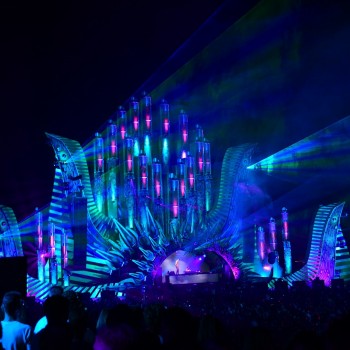
Wake Up Festival
Date: August ( date varies)
Held in the hills of Kuklen Monastery, the Wake Up Festival is another famous music feast in Bulgaria, a popular dance and music festival.
The festival's goal is to inspire people to be more creative and upbeat. You can experience music and dance performances, spiritual lectures, fire walking, and yoga sessions during the festival.

Wrong Fest
Date: July
Wrong Fest takes place every July, near the village of Voinegovtsi, located approximately 20 kilometers from Sofia. The festival lasts for two days, featuring music recitals by various Bulgarian and international artists, rigid metal, punk, and metallic rock bands.
Spread over a large area, the organizing committees build camps, where people stay, chill out and enjoy the carnival. One can enjoy fantastic band performances and music recitals by globally renowned artists.

Zheravna Festival of National Costume
Date: August
Zheravna Festival of National Costume is the largest costume event in Bulgaria, where everyone comes dressed in their national attire. Originated in 2014, this celebration aims to revive and honor the culture and tradition of Bulgaria.
According to the rules, all participants must be dressed in a folk costume, authentic, stage, or stylized during the three festival days. Also allowed are clothing from the early 20th century, old military uniforms, and traditional ones from other countries. Additionally, you can listen to old songs, relish authentic food, and experience folk craft workshops, fire dancing, and masquerade games.

Gela Bagpipe Contest
Date: First weekend of August
The small village of Gela in the Rhodope Mountains is flocked with people once a year, on the first weekend of August when the biggest bagpipe contest in the country takes place. Professionals from other age groups from France, Hungary, Japan, and the UK participate in this contest and endorse the traditional culture and Rhodope legends. The festival is one of the enormous open-air events in Bulgaria, with more than 20,000 people attending, most of them camping on the verdant meadows around the village.

A to Jazz Festival
Date: July
A to Jazz Festival is one of Bulgaria's great summer music festivals, held in July. Celebrated for three days in Sofia, this fest welcomes bands and musicians of the Jazz genre from all over the world to come and perform. The entry is free for all, and people can sit and relax on the vast lush green ground in front of the stage while enjoying some blissful and lovely music.
Attractions / Top Sights

Rila Monastery
When to visit: April to September
Founded in the 10th century, Rila Monastery, the monastery of Saint Ivan of Rila, is the most important spiritual, cultural, and religious center for all Bulgarians. It is the largest and most famous Eastern Orthodox monastery in Bulgaria and has more than 250 monk rooms. The striking stripes of the exterior and gently curved arches, along with the crowning domes, set the monastery apart from the surrounding tree-covered mountainous landscape. Since 1983 it has been a UNESCO heritage site as well.

Old Nessebar
The Old Town of Nessebur was declared an architectural-historical reserve of national importance on 18 July 1956. UNESCO included it in the List of World Cultural Heritage Sites in 1983. The picturesque old Nessebar town is surrounded by romantic views, pretty squares, churches, cobbled streets, two-floor houses with stone-built ground floors and wooden upper levels, standing out over the road, small workshops, traditional pubs & taverns. The city is one of the main tourist attractions on the Black sea coast and especially for the tourists who spend their holiday in the summer resorts of Sunny Beach, Pomorie, and Ravda, which are very close to the city.

Seven Rila Lakes
When to visit: In autumn
The stunning Seven Rila Lakes are undoubtedly one of the most renowned natural attractions on the Balkan Peninsula.
The Seven Rila Lakes, located in the Dangskiya region of the northwestern Rila Mountains, are glacial lakes. The lakes are all between 2,100 and 2,500 meters evaluated above sea level. They are scattered at the foot of a massive cirque: Suhi Chal (Dry Peak), Otovishki, and Haramiya.

Pirin National Park
When to visit: In Spring
Pirin National Park is a natural treasure of Bulgaria in southwestern Bulgaria. Established in 1962, Pirin National Park surrounded a mountain range composed of limestone rocks with a granite nucleus. It is known for its various beautiful flora and high picturesque views and is home to more than 70 glacial lakes, old forests, and soaring 2,915-metre peaks and ridges.
The National Park is a sanctuary for many rare species that use the Balkan mountain range for shelter. Large animals still roam the slopes, from brown bears and wild boar to gray wolves and jackals; this is a remote and wild area under threat from ski resorts' development. Pirin National Park was declared a UNESCO World Heritage Site in 1983.

Rocks of Belogradchik
When to visit: April to September, October to March
When to visit: https://whc.unesco.org/en/tentativelists/5640/
The magnificent rocks of Belogradchik are rock sculptures located west of the town of Belogradchik in the fore hills of the western Balkan mountain range. They contain rock figures resembling people, animals, fortresses, pyramids, or different objects with imposing sizes - from a few meters to several dozens of meters. Each rock formation bears a name: Adam and Eve, The Schoolgirl, The Bear, The Shepherd boy, The Dervish, The First slab stone, The Camel, The Mushrooms, The Cuckoo, The Red wall, The Madonna, The Horseman, The Monks, The Mental stone, Rebel Velko, The Pine stone and so on, and each one comes with a story.
Their red color contrasts beautifully with the green broadleaf forests below and the lush meadows and small vineyards around the site. The rocks of Belogradchik were nominated to the World "New 7 Wonders of Nature" campaign in 2007.

Sunny Beach
When to visit: April to July or August to October
Located approximately 35 km (22 mi) north of Burgas in Nesebar Municipality in Burgas Province, Sunny Beach is famous for lengthy stretches of soft, sandy beaches attracting young international travelers for its dunes, watersports, and lively nightlife. The golden beaches stretch for eight kilometers along the coast and provide the perfect spot to spend time soaking up the sun and taking a swim. The beaches are ideal for swimming. At the same time, the plentiful hotels along the coast are also reasonably priced and family-friendly.

Tsarevets Fortress
When to visit: Spring and Autumn
Tsarevets Fortress is the most prominent attraction in Veliko Tarnovo. Tourists flock to visit the 'castle on the hill' and wander around the old Capital's ruins. The entire architectural ensemble of the building is exceptionally incredible about wealth and greatness. The panoramic views of the surrounding landscape reveal how the fortress's location was strategically placed, 206m above sea level, to protect the kingdom from invasion for hundreds of years.

Rose Valley
When to visit: May to June
Rose is one of the symbols of Bulgaria and attracts visitors from all over the world, especially from Japan, where the rose is also culturally significant. Every year in June, many tourists from all over the world flock to a famous Rose Valley to partake in a month-long Rose Festival.
The Rose Valley, the most extensive rose plantation, is located in central Bulgaria, where the famed Bulgarian oil-bearing rose grows.

